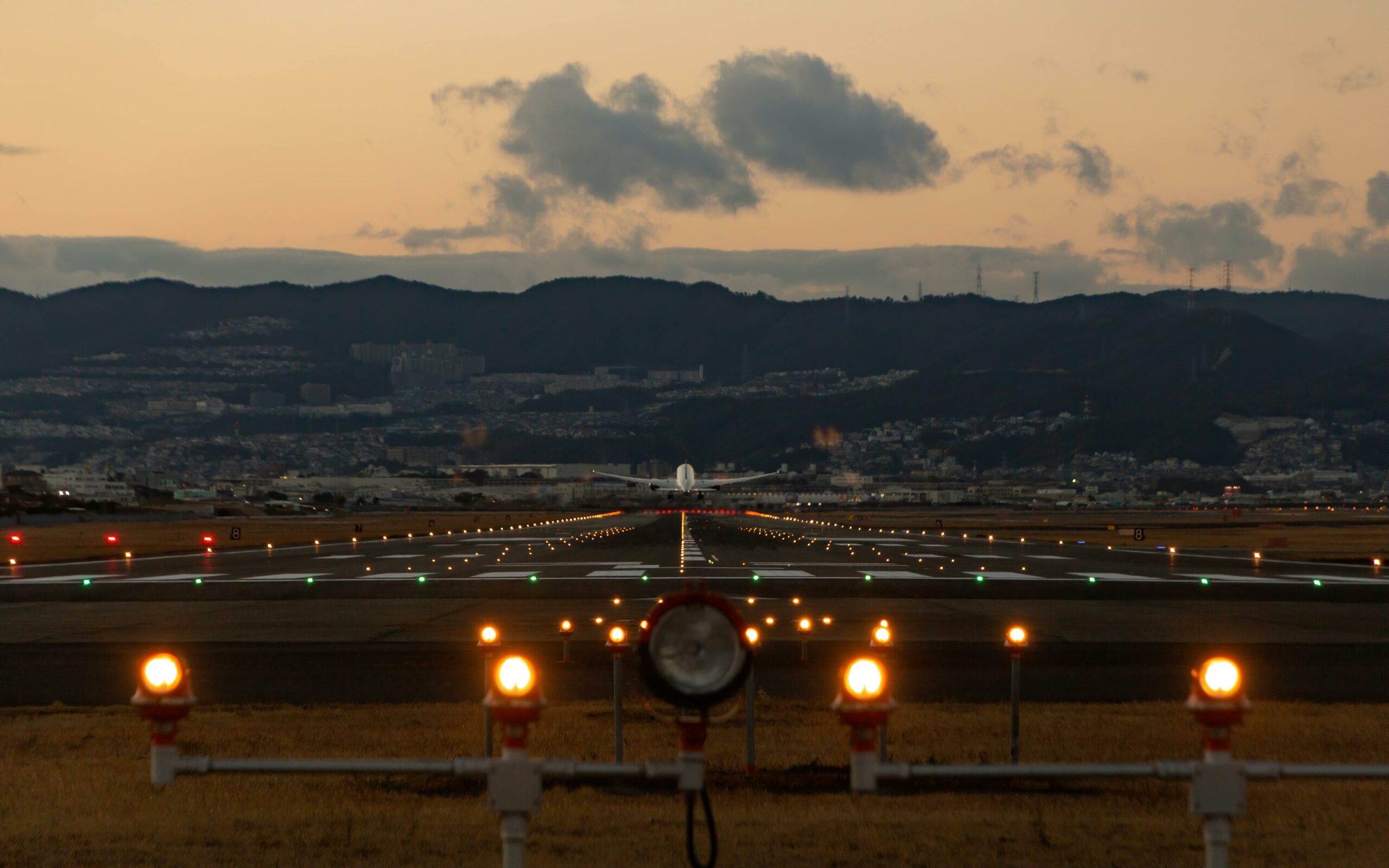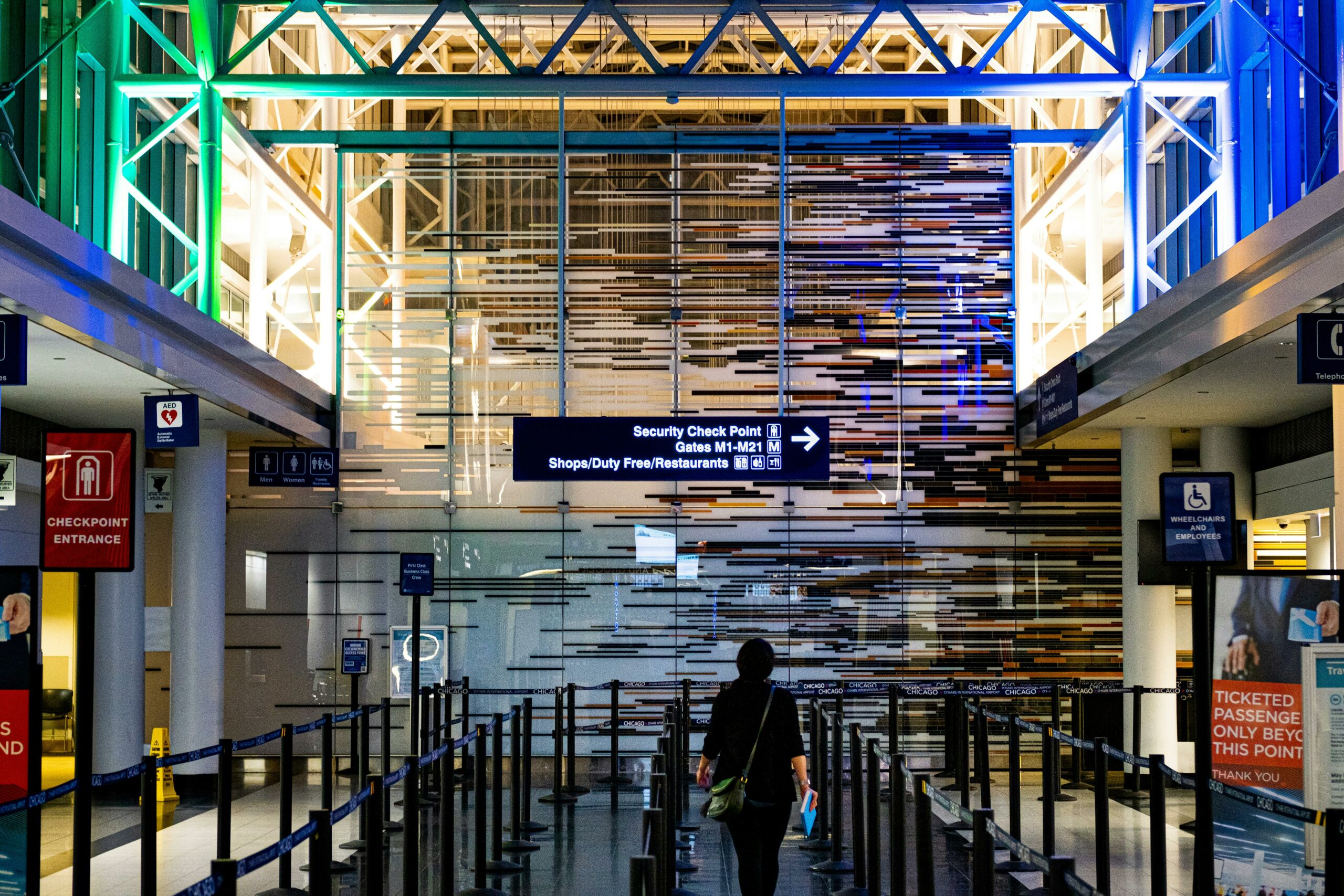The Art of Smooth Landings: Secrets from Seasoned Pilots

Among the many facets of aviation, one aspect stands out as a testament to a pilot’s reputation: the smooth landing. Flying has always captivated human imagination, symbolizing freedom, innovation, and progress. A flawless landing is the hallmark of a seasoned pilot, embodying precision, control, and a deep understanding of the aircraft and environment. In this blog, we will delve into the art of smooth landings, exploring the secrets and techniques used by experienced pilots to ensure a gentle touchdown every time.
The Importance of Smooth Landings
Before we dive into the techniques, it’s essential to understand why smooth landings are crucial. Beyond the comfort of passengers, this contribute to:
- Aircraft Integrity: Minimizing stress on the aircraft’s structure and landing gear prolongs its operational life and reduces maintenance costs.
- Safety: Consistent smooth landings lower the risk of accidents or incidents during this critical phase of flight.
- Passenger Experience: A smooth landing leaves passengers with a positive impression, enhancing their overall travel experience and confidence in the airline.
Understanding the Basics

A smooth landing is a complex maneuver requiring mastery of several fundamental elements:
- Approach and Descent: Establishing the correct glide path and speed is crucial for a controlled landing.
- Flare and Touchdown: The transition from descent to horizontal flight just before touchdown is critical for smoothness.
- Environmental Awareness: Wind conditions, turbulence, and runway characteristics all play a role in the landing process.
The Approach
A perfect landing starts with a perfect approach. Seasoned pilots emphasize the importance of a stable approach, which involves:
- Consistent Descent Rate: Maintaining a steady descent rate ensures the aircraft is on the correct glide path.
- Proper Speed Management: Managing speed to avoid being too fast or too slow is crucial. Excess speed can lead to a hard landing, while insufficient speed can cause a stall.
- Alignment with Runway: Ensuring the aircraft is aligned with the runway centerline early in the approach phase reduces the need for last-minute corrections.
Pilots use various tools and techniques to achieve a stable approach, including the use of Instrument Landing Systems (ILS) and following the Precision Approach Path Indicator (PAPI) lights.
The Flare and Touchdown
The flare is the phase where the aircraft transitions from descent to a horizontal attitude just before touching down. This maneuver requires precise control and timing:
- Flare Timing: Initiating the flare at the correct altitude (typically 20-30 feet above the runway) is crucial. Too early, and the aircraft may float; too late, and it may land hard.
- Pitch Control: Gently raising the nose of the aircraft slows the descent rate and prepares the aircraft for touchdown.
- Power Management: Gradually reducing thrust during the flare ensures a smooth transition to the runway.
Experienced pilots often rely on their sense of sight, hearing, and feel, developed through years of flying, to judge the perfect moment to flare and touch down.
Environmental Factors
Environmental conditions significantly impact the landing process. Pilots must constantly adapt to variables such as:
- Wind Conditions: Crosswinds, headwinds, and tailwinds all require different landing techniques. For instance, in crosswind conditions, pilots use a crab or sideslip method to maintain runway alignment.
- Turbulence: Turbulence can disrupt a stable approach, requiring pilots to make continuous adjustments.
- Runway Characteristics: Runway length, slope, and surface conditions (wet, icy, or contaminated) influence landing techniques and braking strategies.
Secrets from Seasoned Pilots

Continuous Training and Simulation
One of the key secrets to smooth landings is continuous training. Experienced pilots undergo regular training sessions, often using flight simulators to practice various landing scenarios. These sessions help pilots:
- Refine Techniques: Simulators allow pilots to practice and perfect their landing techniques in a controlled environment.
- Adapt to New Aircraft: Pilots can familiarize themselves with different aircraft types, each with unique handling characteristics.
- Handle Emergencies: Simulators provide a safe space to practice handling emergency situations, such as engine failures or extreme weather conditions.
Situational Awareness
Situational awareness is a critical skill for pilots, involving a deep understanding of the aircraft’s state and the external environment. This includes:
- Monitoring Instruments: Constantly checking speed, altitude, and other vital parameters ensures the aircraft remains on a stable approach.
- Anticipating Changes: Experienced pilots anticipate potential changes in wind and weather conditions, adjusting their approach strategy accordingly.
- Visual Cues: Using visual cues, such as runway markings and terrain features, helps pilots judge their distance and alignment with the runway.
Communication and Teamwork
Effective communication and teamwork are essential for smooth landings, especially in commercial aviation, where two pilots share responsibilities. Key aspects include:
- Clear Communication: Pilots must communicate clearly and concisely with each other and with air traffic control to ensure a coordinated approach.
- Role Division: Clear division of roles, such as one pilot focusing on flying the aircraft while the other monitors instruments and communicates with ATC, enhances efficiency.
- Mutual Support: Pilots support each other by sharing observations and suggestions, helping to catch potential issues early.
Experience and Intuition
There is no substitute for experience. Seasoned pilots develop a sense of intuition, often described as “feeling” the aircraft. This intuitive understanding allows them to:
- Make Fine Adjustments: Small, precise adjustments to control inputs result in a smoother approach and landing.
- React Quickly: Experienced pilots can quickly recognize and react to changes in aircraft behavior or environmental conditions.
- Stay Calm: Years of experience help pilots remain calm and focused, even in challenging situations.
Adapting to Turbulence
Since this blog is posted on a website about turbulence forecasts, it’s important to address how seasoned pilots handle turbulence during landing. Turbulence, caused by factors like weather fronts, geographical features, and jet streams, can complicate the process. Here’s how experienced pilots manage turbulence:
Pre-Landing Preparation
- Weather Briefings: Pilots thoroughly review weather forecasts and turbulence reports before the flight and prior to descent.
- Route Adjustments: Based on turbulence forecasts, pilots may adjust their approach route to avoid the most turbulent areas.
- Passenger and Crew Safety: Ensuring passengers and crew are seated and secure before encountering turbulence enhances safety.
Techniques for Turbulent Landings
- Speed Management: Pilots often maintain slightly higher approach speeds to ensure better control in turbulent conditions.
- Active Controls: Continuous, small adjustments to the control surfaces help maintain stability during turbulence.
- Use of Automation: Autopilot and autothrottle systems can assist in maintaining a stable approach, but pilots are always ready to take manual control if needed.
Post-Landing Procedures
After a turbulent flight, experienced pilots conduct thorough checks to ensure the aircraft has not sustained any damage. This includes:
- Visual Inspections: Checking the landing gear, tires, and airframe for any signs of stress or damage.
- System Diagnostics: Running diagnostics on critical systems to confirm everything is functioning correctly.
- Passenger Communication: Informing passengers about the nature of the turbulence and reassuring them about the safety measures.
Conclusion
The art of smooth landings is a blend of science, skill, and intuition. Seasoned pilots leverage continuous training, situational awareness, effective communication, and extensive experience to achieve gentle touchdowns. By understanding and adapting to environmental factors, including turbulence, they ensure the safety and comfort of everyone on board.
Smooth landings are more than just a technical accomplishment; they represent the pinnacle of a pilot’s craftsmanship and dedication. As passengers, we may not always appreciate the complexity behind each landing, but every smooth touchdown is a testament to the pilot’s expertise and commitment to excellence in aviation.
